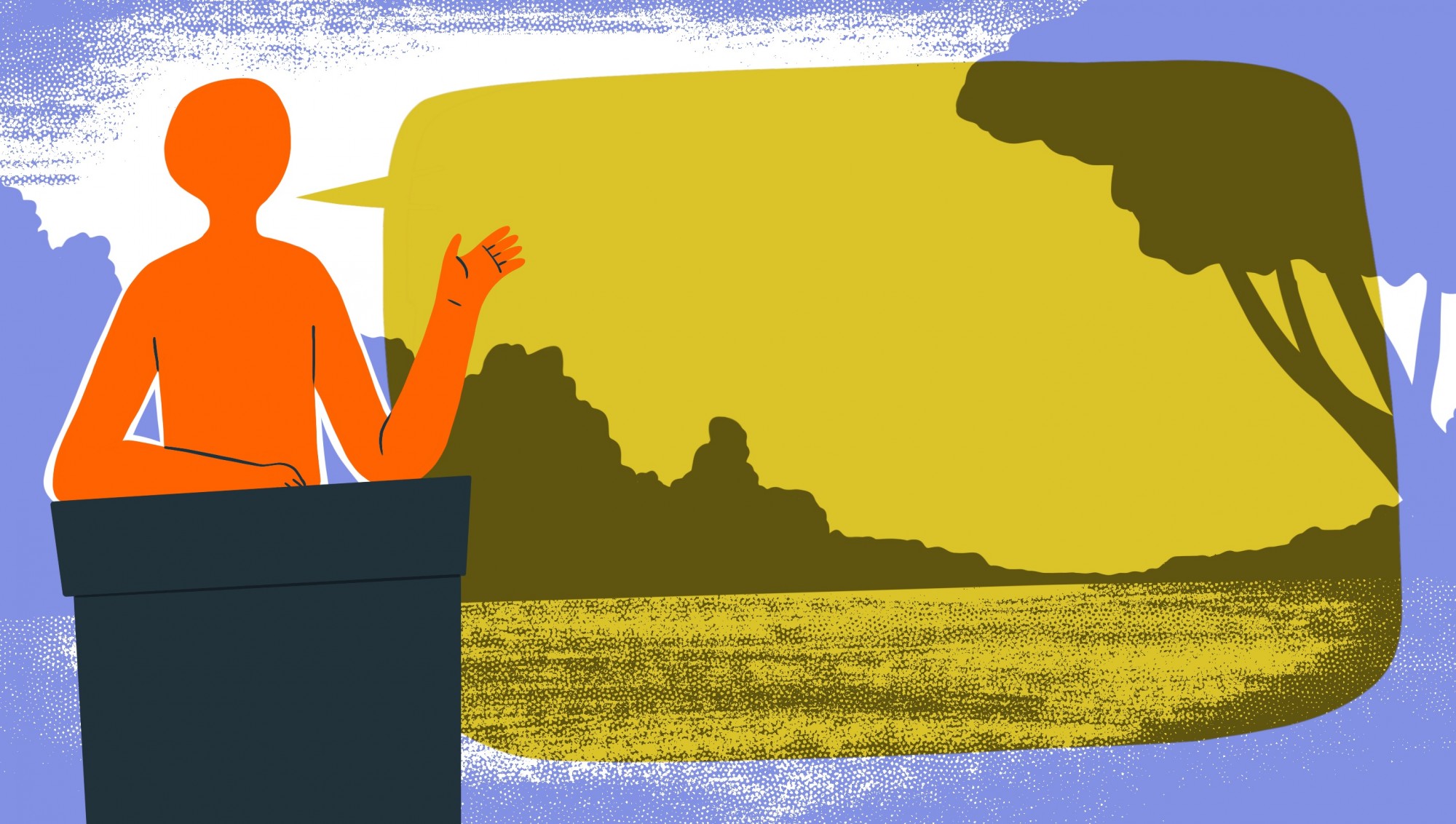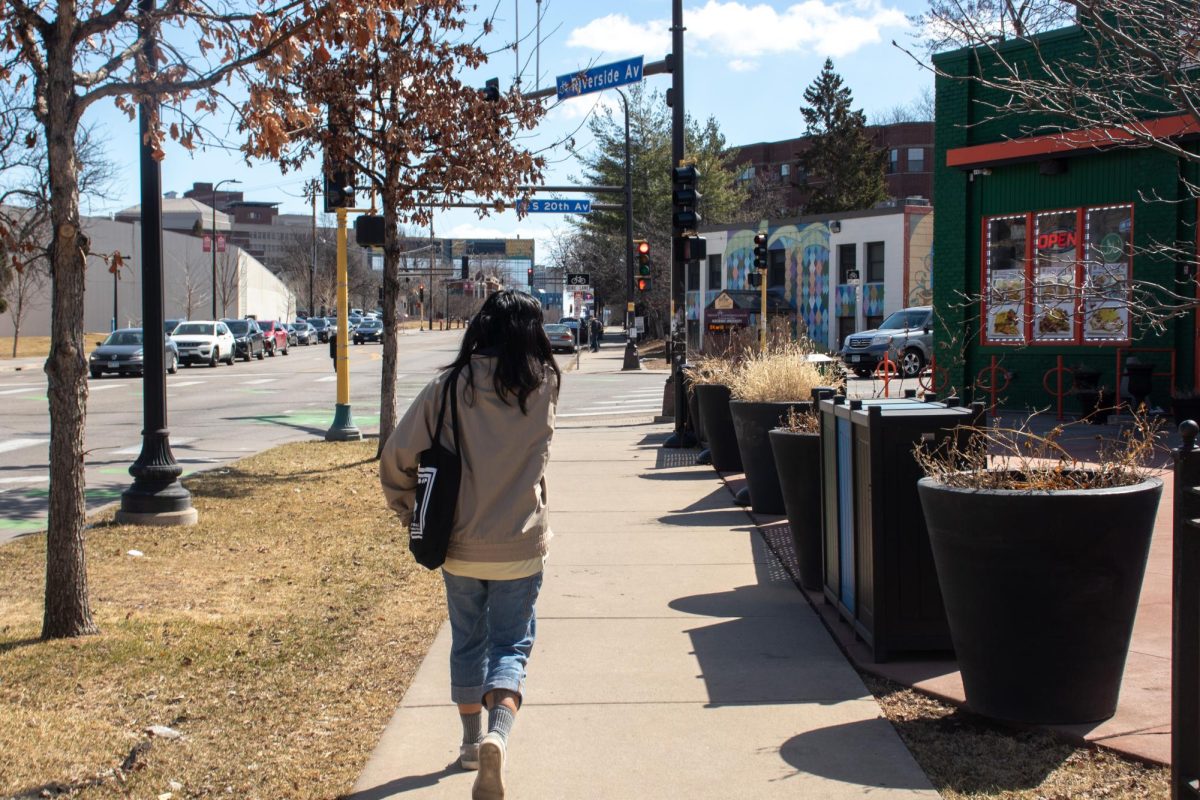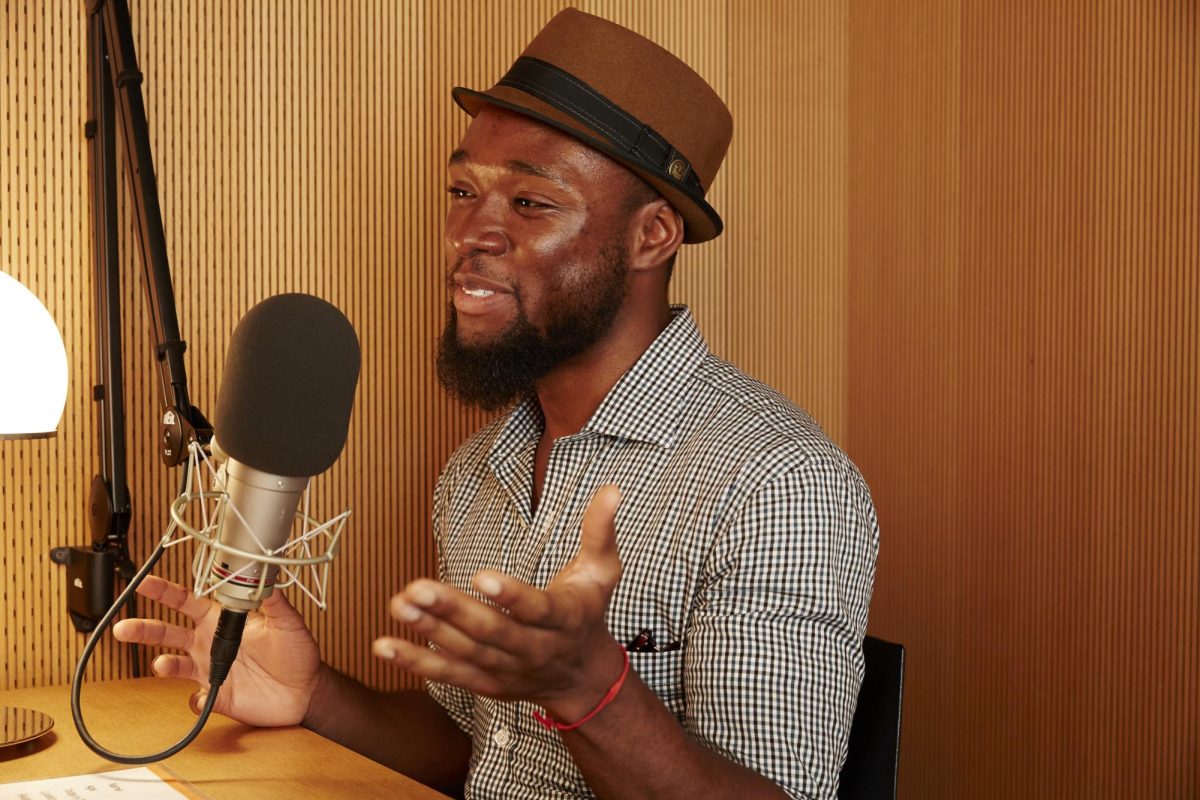Plans are underway for the University of Minnesota-Twin Cities to release a land acknowledgement statement, which would recognize that the campus resides on Dakota homeland.
The Twin Cities campus occupies land that Dakota people lived on for generations. Treaties with the U.S. government forced tribes to relocate, making way for Europeans to establish a town that would become Minneapolis in the mid-1800s.
“We don’t want language that is just symbolic. We want to put some meaning behind it,” said Tadd Johnson, senior director of the University’s American Indian Tribal Nations Relations. “I’m hoping it’s not just a land acknowledgement that gets read and forgotten. I hope it goes along with a family of policies that are related to American Indians in the University system.”
The statement will be a collaboration between University stakeholders and has been supported by University President Joan Gabel.
“It is important to acknowledge the people on whose land we live, learn and work as we seek to improve and strengthen our relations with our tribal nations,” Gabel said in an emailed statement to the Minnesota Daily. “I am dedicated to building meaningful relationships, which require continued listening, learning and action.”
While a formalized statement for the entire University has not yet been finalized, other campuses and individual departments have already made their own headway. Many other universities and entities across the country are implementing land acknowledgements.
The University of Minnesota-Duluth campus released a statement in September 2019 that acknowledged its presence on the lands of the Ojibwe, Dakota and Northern Cheyenne people, aimed at affirming tribal sovereignty and holding the University accountable to Indigenous nations.
“Land acknowledgments do not exist in a past tense or historical context: colonialism is a current ongoing process, and we need to build the mindfulness of our present participation,” reads an online statement from UMD.
The University’s Office for Equity and Diversity has also drafted a campuswide land acknowledgement.
The acknowledgement will not be finalized until it has been brought to the four Dakota communities in Minnesota and incorporates their feedback, according to Johnson.
Johnson helped develop the Duluth campus’ land acknowledgement and will do the same for the Twin Cities campus. Over the next couple months, he will present the drafted land acknowledgement to Dakota communities and gather feedback.
To Johnson, a written land acknowledgement is a first step, but he said he hopes it goes along with policies related to Native Americans in the University system. This includes an establishment of a Native nations advisory board, which would include tribal members that would talk with people in the University community on a regular basis.
According to Johnson, acknowledging who has resided on this land is something the public could generally benefit from.
“I think it’s important to remind people at a football game, at a concert. There is some history to this land you are sitting at. Most of the history of this continent took place before 1492,” he said.
From the ground up
While Johnson is working on rolling out a campuswide acknowledgement, individual departments and professors at the University have already been issuing statements of their own.
Some professors, like the English department’s Eric Daigre, start courses by recognizing that classrooms and University buildings are on Dakota homeland. Others choose to include a statement in their syllabi or email signatures.
Additionally, departments such as American Indian Studies and the Institute for Advanced Study include formal statements that recognize the University’s location on their websites.
“The IAS acknowledges this place has a complex and layered history,” reads the IAS statement. “This land acknowledgement is one of the ways in which we work to educate the campus and community about this land and our relationships with it and each other.”
The IAS began considering a formalized statement around the same time as the Duluth campus, said Brianna Menning, the IAS programs and communication manager.
“I think [a land acknowledgement is] something that people are becoming more and more aware of as an important issue that maybe people have had feelings about, they just haven’t stated it as publicly before,” Menning said.
Menning said IAS has received some pushback and questioning about including the statement: Why now? Why is this important to include on the website or to say during speaking engagements?
But Menning said conversations as a result of those changes have been a good thing.
“There’s pushback that comes from both sides, which I think is probably a good sign that we’re continually learning and helping others too,” she said.
Lisa Marshall, senior manager of communications and strategic initiatives at the Office for Equity and Diversity, said that the department has been asked for guidance by other departments and individuals about how to go about including land acknowledgements into their own lives.
“It seems like there’s been an organic call for it. Folks at Northrop want to announce this before their signature events,” she said.
“An attitude change, it’s in the air”
One way the University can look for guidance into how to go about creating a land acknowledgment is to look to Duluth.
The process of finalizing a formal land acknowledgement was a lengthy one — but necessarily so, according to Rick Smith, director of the American Indian Learning Resource Center at the University of Minnesota-Duluth who helped develop the campus’ acknowledgement.
After a drafted statement, the process of meeting with stakeholders took more than a year, he said. Smith sent the statement to the Minnesota Indian Affairs Council, which has representatives from the 11 Minnesota tribal nations.
“All too often, people just look at the United States as a salad bowl or melting pot and not acknowledging or remembering or having an understanding of the Indigenous people of this land,” Smith said. “So it’s about acknowledging the people here and respecting those histories.”
To Smith, it didn’t matter that the Duluth campus was the first of the University of Minnesota system campuses to publish a land recognition statement. It is just important that it happened, he said.
Johnson said he hopes the process for developing an official recognition statement at the Twin Cities campus will be even more of a collaborative process.
“We want this to be the first sentence in a long-going dialogue and want back and forth between tribes and University,” Johnson said. “These folks have had language imposed on them before. I want this language to come from them.”
An agreed-upon land acknowledgement is a step in the right direction, but just the first step, he said.
Johnson added that it is a process that has been encouraged by governors open to active land recognition. For Smith, he sees the new University presidency as a catalyst for beneficial means to an end.
“There’s an attitude change, it’s in the air,” said Johnson, adding that both federal and state governments have made it more a part of their missions to include Indigenous voices in decision making.
“We need to undergird our policies that make a difference; otherwise we are just reading a poem before a hockey game or something,” Johnson said. ”It is symbolic, but I hope it symbolizes where we are going next to work this into our way of life.”








